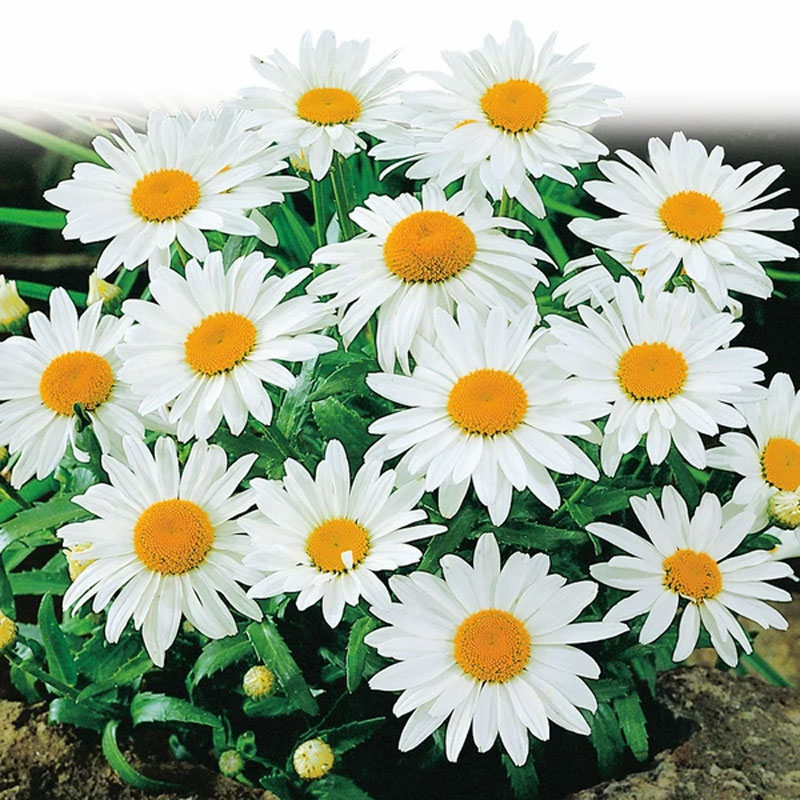Mindblown: a blog about philosophy.
-
Frost hardy
Able to survive winter frosts without damage to leaves (in the case of evergreens) or of dormant stems, buds or roots (in the case of deciduous plants). Frost hardiness is a relative concept, in that many plants able to survive a frost of 20 F (-7 C) in, say, southern England would be killed outright…
-
Forage
Plants on which grazing animals browse while still growing, often in the wild and including trees and shrubs as well as grasses and other herbs. Creation of a channel through an enlarged prostate by use of an electric cautery. This technique may be used in other tissues.
-
Fireblight
A bacterial disease of the pome-fruit trees and shrubs of family Rosaceae, most feared by apple and pear growers but affecting also genera such as Sorbus, Cotoneaster and Crataegus. Its symptoms include shrivelled and blackened leaves and oozing patches on the branches and the plant may eventually die.
-
Feather palm
A palm with elongated, pinnately divided fronds or leaves, the leaflets arising along the whole length of a central rib or stalk (the rachis), giving the appearance of a feather.
-
Disjunct distribution
Having a natural distribution consisting of two or more occurrences separated by large geo¬ graphical gaps, for example, the occurrence of Magnolia in eastern Asia and eastern North America.
-

Daisy
A type of bloom characteristic of the large composite family of plants, though by no means all composites have a typical daisy ‘flower’. It is in fact a whole inflorescence (or unit of a larger inflorescence), consisting of a disc of tiny disc florets surrounded by a ring of more showy rays or ray florets.…
-
Cycad
The other major group of gymnosperms apart from the conifers, consisting of long-lived flowerless plants with palm-like or fern-like, leathery fronds springing from a short trunk or caudex. Male (pollen) and female (seed) cones are borne on separate plants and may be quite large. Cycads are an ancient group, most abundant in the ‘age of…
-
Cultivar group
Used in many commercially important plant species and hybrids to distinguish major groups of cultivars sharing common characteristics. An example is the brassica vegetables, most of which are cultivars of the variable species Brassica oleracea. The cabbages, the cauliflowers, Brussels sprouts, broccolis and kales each constitute a cultivar group of this species. Cabbages, for example,…
-
Culinary herb
A plant grown for its strong flavor, used to flavor cooked dishes or salads—usually it is the leaves, flowers or bulbs that are used, as plants of which the seeds, fruits or rhizomes are used tend to be termed spices.
-
Cormous
Characterized by the possession of corms.
Got any book recommendations?